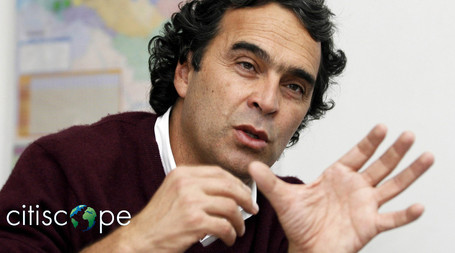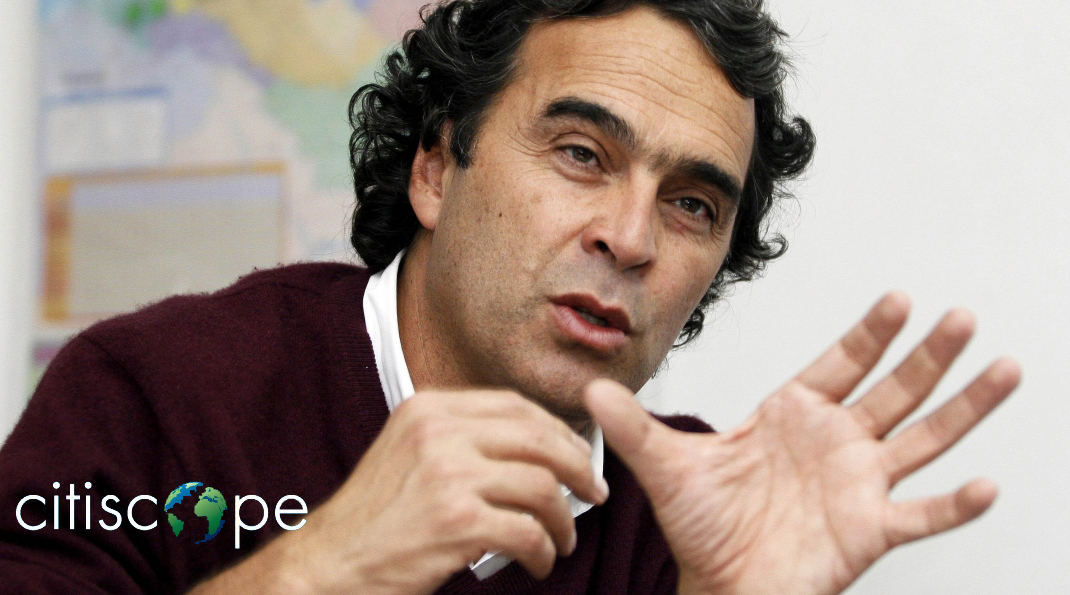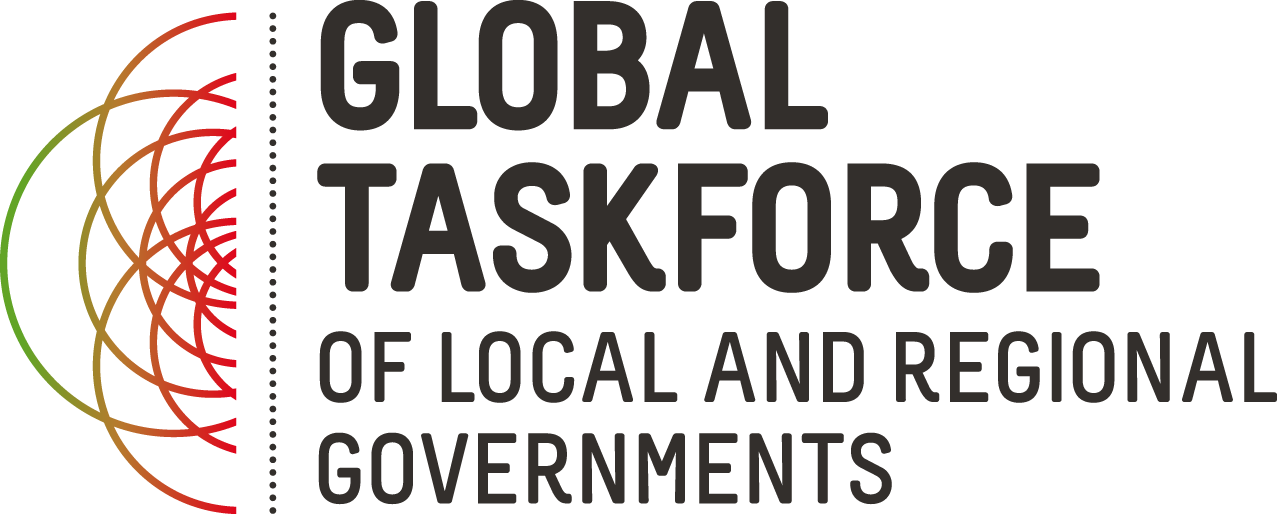
Source: Citiscope
Medellín’s turnaround could not have happened without crackdowns on drug violence. But Gerard Martin thinks a series of reforms culminating in a new constitution for Colombia in 1991 were just as important. The reforms decentralized many powers from the national government to cities, giving them new tools to take control of urban planning and become responsive to citizens.
Martin is the former director of the Colombia Program at Georgetown University’s Center for Latin American Studies. He’s also the author of Medellín. Tragedia y Resurreccion. Mafia, Ciudad, Estado. 1975-2012, which comes out in a second Spanish edition this month. We spoke in advance of the World Urban Forum’s arrival this week in Medellín.
Christopher Swope: What did the new constitution do and why was it so important for cities in Colombia?
Gerard Martin: It enhanced political, administrative and some fiscal decentralization. It redefined the role of mayors. New rules for accountability and oversight were also established. It was all further regulated in a variety of laws after 1991, but without the new constitutional provisions, the urban reform process of Bogotá between 1995 and 2003, and in Medellín since 2004, would not have been posible.
That said, you still needed exceptionally capable, visionary and dedicated mayors to translate those new tools into poor-oriented reform. Many cities and smaller towns in Colombia still live with corrupt and incapable mayors, never mind the 1991 reforms.
And there was a general awareness that the justice administration had to be reformed, that the public workforce had to be reformed. So all kinds of reforms were introduced, which doesn't mean that they immediately took place. They ripened inside the constitution and during the 1990s they started doing all these reforms.
It's not that the constitution immediately resulted in dramatically better performance of institutions, because this was done on paper. But the fact that a large majority lined up behind its general philosophy and the general direction forward it implied for the country was a very important moment.
Q: And what powers do mayors have in this system?
A: Since the end of the 19th century, mayors of the major cities were appointed by presidential decree. And in smaller cities they were appointed by governors and the governors were appointed by the president. These were all purely political appointees, and they could also be freely removed. So you had this enormous rotation. Medellín had 49 mayors between 1948 and 1988, and that was not exceptional. Add to that the lack of decentralization, and you essentially had a country without an effective level of local government. The same thing is true for the intermediate level. This changes somewhat in 1986, preceding the new constitution. There's a law that introduces for the first tie elections for mayor in all municipalities in Colombia. First they serve 2 year terms. The Constitution changed that to 3 years and from 2004 onwards it's been 4 years.
The Constitution also defines transfers from the national government to the cities — in particular on education and health, which are the two largest and most important areas of local government. These transfers are very conditioned. Money can only be spent on very specific things, like the salaries of teachers. Their pay level also continued to be strictly defined on the national level. Nevertheless, teachers are paid by local governments and the most committed cities try upgrading schools. This became a central ítem in Medellin’s reform agenda since 2004, under mayors Sergio Fajardo and Alonso Salazar.
Then in the field of security, the Constitution defines that the mayor is the chief of police. Now in Colombia, there is a national police force — the mayor does not appoint his or her police chief. But the constitution defined that the mayor is the chief of that police chief. Since 1991, there has been a learning curve — the mayors had to learn how to do that and the police had to learn how to work with the mayors. A lot depends again on the political will of designated mayors. No longer can they cross their arms and complain about security. They have to act on it.
It’s not just the Consitution, but the reform wave more in general. At the end of th 1980s, the country is confronted with this tremendous violent turmoil. A 1989 law introduced new planning instruments for cities — in particular, zoning land use plans. There were processes in place, but not mandatory and not so detailed and technical as requested by that law. That’s a watershed in Colombian urban planning.
Again, it’s fundamental to roll out such laws, but you still need capable people to put it together. Mayors like Jaime Castro, Antonas Mockus and Enrique Peñalosa in Bogotá [disclosure: Peñalosa is on Citiscope’s board of directors]. Castro is the father of decentralization in this country, and was on the constitutional assembly. Peñalosa is an urbanist, trained in the U.S., who knows how you go around cities to really put it all together. In Medellín, Sergio Fajardo is from a family of prominent architects. It works out different when voters prefer a sports journalist. In Cali they even elected a blind mayor.
Q: How does Bogotá serve as an example for Medellín?
A: As implemented from 1995 to 2003 Bogotá was not only a model for Medellín but for the whole of Colombia, and later on for other cities and countries. The mayors there showed that you can take charge of the city and send it in a specific direction, and that it doens’t have to be this self-growing monster that nobody can control. With serious diagnostics, looking at problems, defining options and selecting the best ones, and working transparently in close communication with civil society organizations, they were able to move the city pretty fast into a better direction. It was also a revelation for many in Medellín, that you can actually govern for the public good. Many thought, and still think, that you go into políticas to steal. Citizens started to say, “Why aren’t we doing that in our city? Why don’t we have honest and capable mayors?”
Peñalosa and Mockus also reintroduced the whole issue of public space. Nobody had been talking about public space for 60 years in Colombia. So they met a whole lot of resistance not only talking about sidewalks and walking and parks and libraries and the city being for everybody, but actually intervening it with that purpose. They also did something else: They mandated that the quality of materials used for public infrastructure should be of exactly the same quality in every part of the city — not of a lower quality in the poor neighborhoods. It may seem self-evident, but it was revolutionary for Colombia. At the end of the '90s, candidates for mayor all over the country were talking public space, and promising ”I’m going to do what they’re doing in Bogotá.” What many didn’t want to understand, though, is that it’s not just about improving public space, but about a completely different way of doing politics and running cities. It was far from an easy trick.











